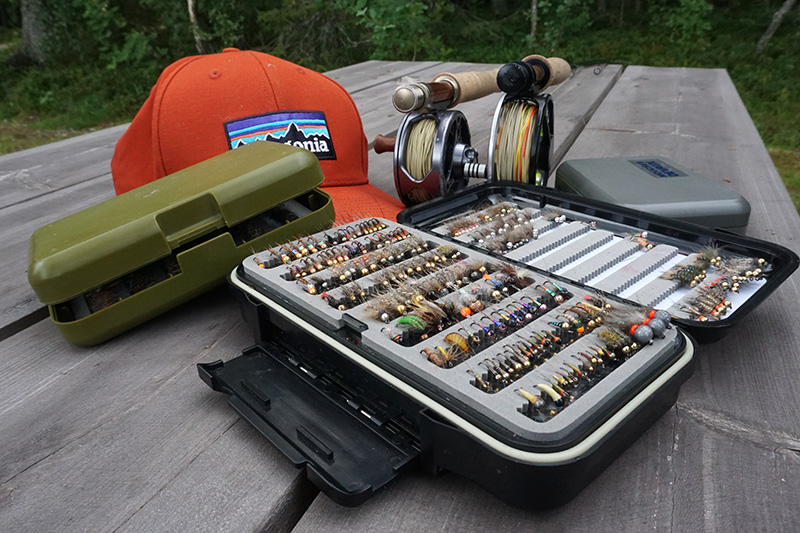
A curious friend asked me about my nymphs for trout fishing, especially those used when fishing season starts. Being a beginner, he asked me to share those flies if is not a secret. Of course it wasn’t a big secret 🙂 and I gave him my list with flies.
After, I was thinking how can I help him more (because he had several blanks. It seems that even if I gave him my box with flies, that was not enough …
For a beginner I think that is much important to understand how to select those nymphs depending of fishing conditions. When I choose my flies I always take in consideration the color of water, how high is the level of the river and if is cloudy/rainy or clear sky outside. To add another variable in this equation: all these conditions mentioned influence the color of the flies and the sizes:
- High and turbid – big flies
- Low and clear – small flies
- Dark colored waters- dark flies
- Super clear and calcareous waters – light colored flies
Rivers with sandstone and rocks with granite intrusion develop a slickly mud and dark green algae. That means dark insects are all over! Based on years of fishing I noted that spiky dubbed nymphs like GRHE and variants are more effective on these kind of rivers. I think is important to use dark colored dubbing like a mix between mask hare dubb and squirrel dubb. A pinch of dyed black dubb helps also.
Below are a few nymphs that I use in these situations:
If I have to fish on super clear waters then I prefer a smaller sized nymphs. If the rivers are calcareous with waterbed colored very light, then olive, light olive and cream are my favorite colors. For bead headed flies the usual gold color is replaced with copper, black nickel and silver. Gold still works fine but only if there is not a big fishing pressure on the river:
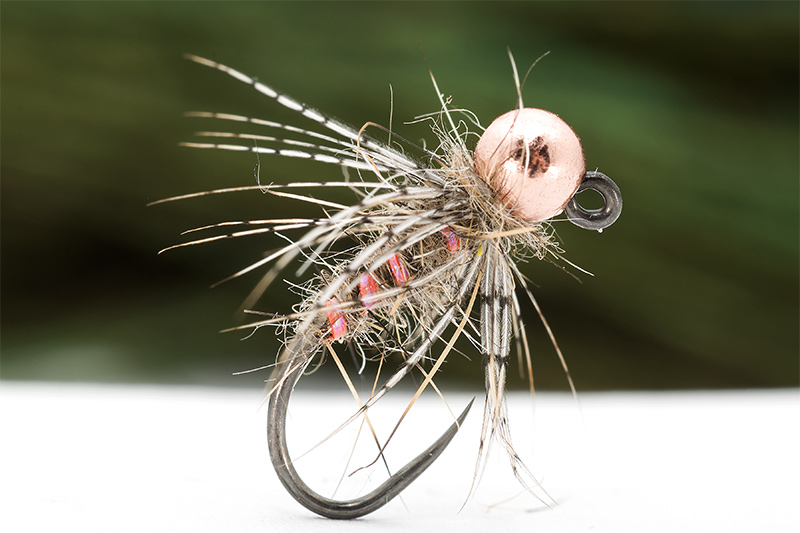
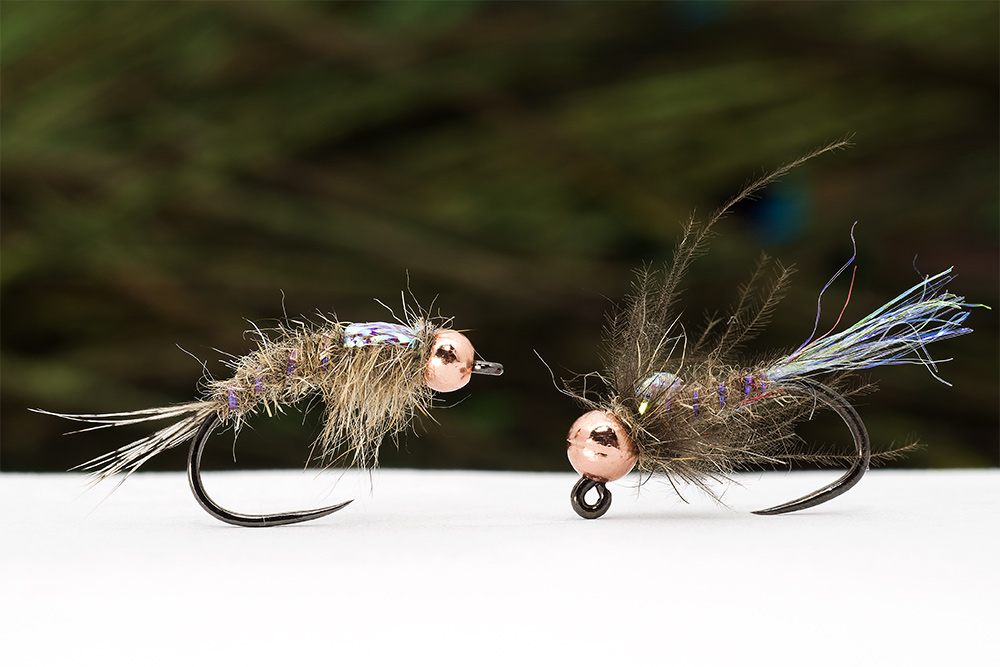
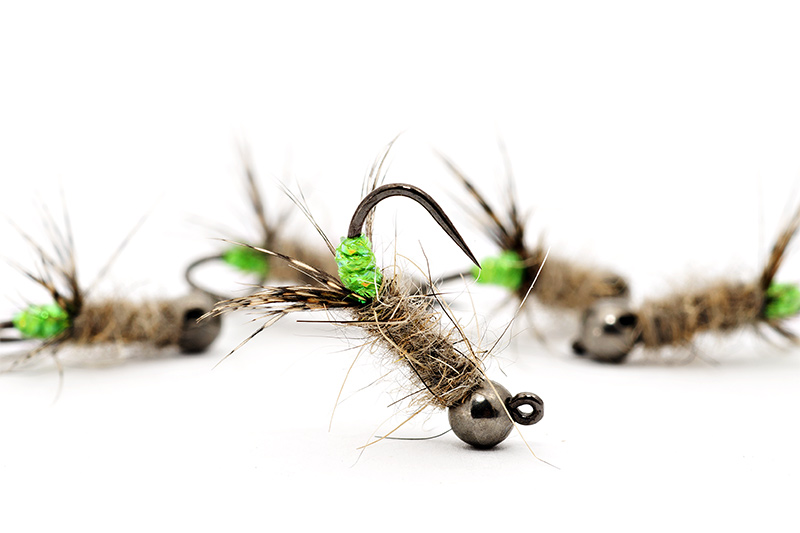
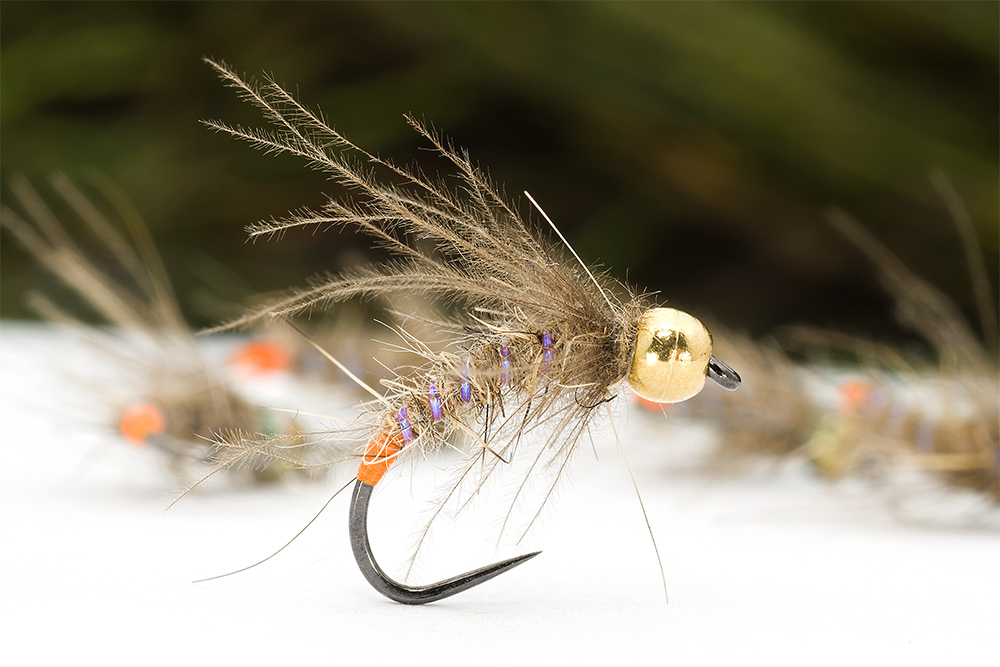
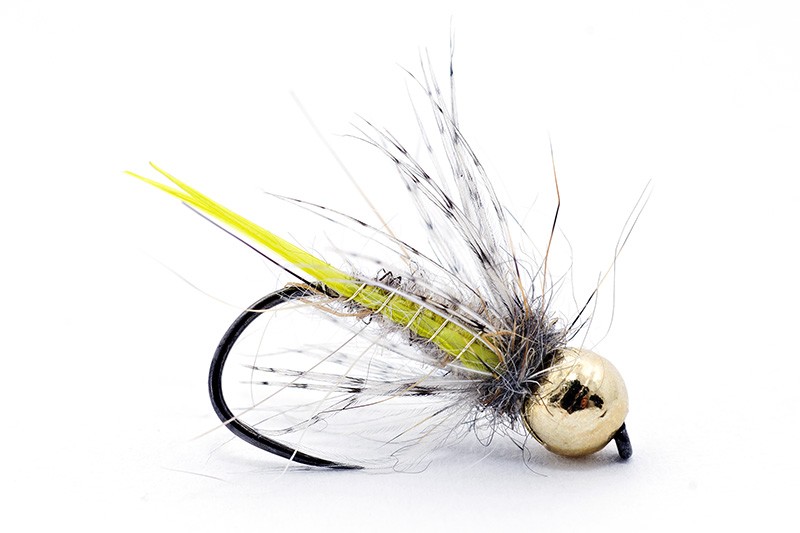
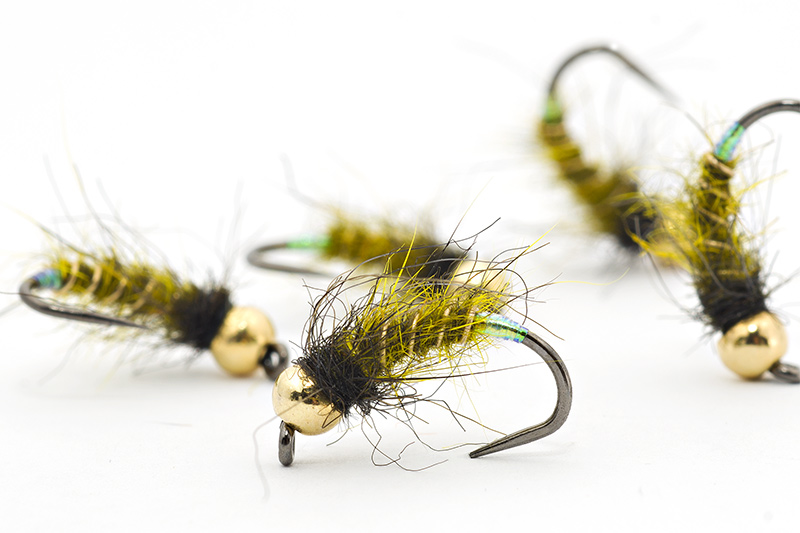
On these waters i noticed that the perdigon flies in light colors like cream, light olive and cream-yellow are really efficient for spooky and educated fish (for example: on some rivers from Slovenia)
Anyway, when rivers get warmer, buggy nymphs will lose their efficiency and nymphs made on pheasant tail versions will work better.

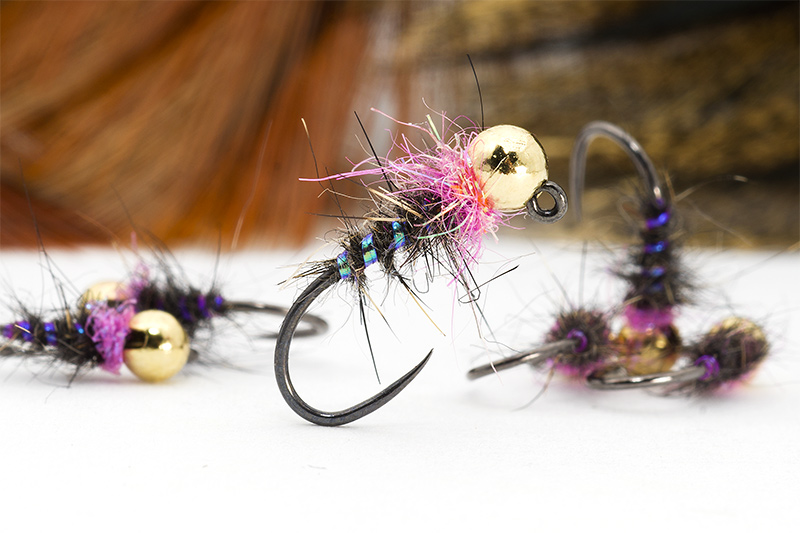
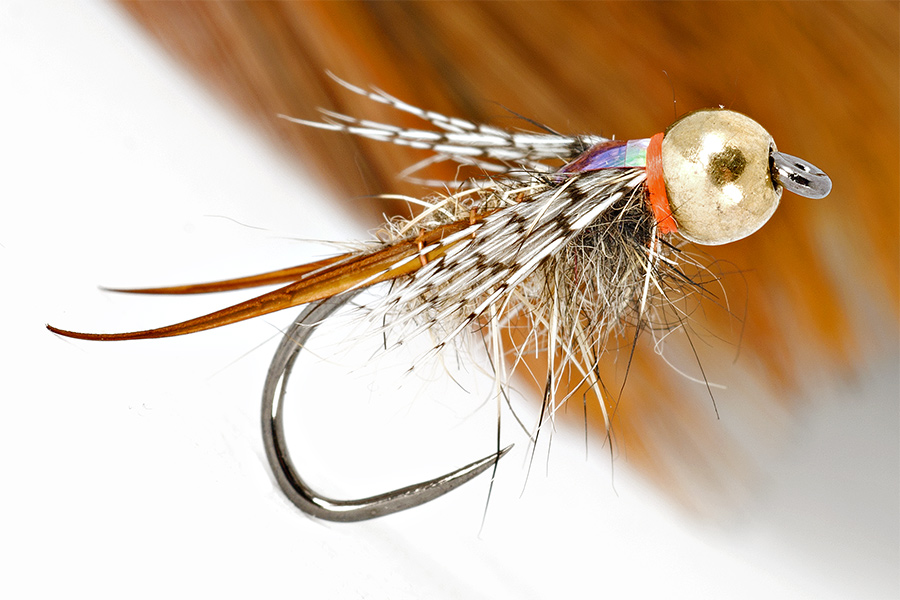
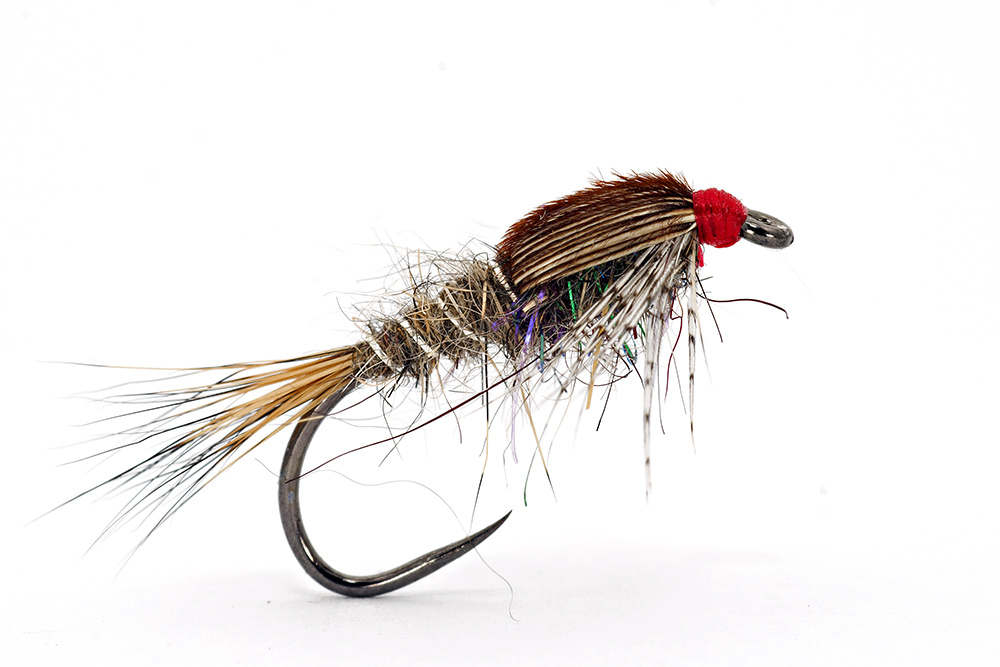
October 8, 2020
Lucien,
I am intrigued by last sentence of your article: “Anyway, when rivers get warmer, buggy nymphs will lose their efficiency and nymphs made on pheasant tail versions will work better.” I would love to hear why you think trout prefer less buggy nymphs in the summer. I have generally found that after the major hatches finish in the summer, there is a need to downsize to smaller nymphs but with the water lower, slower and clearer, a small natural nymph with a lot of inherent movement (i.e. tied with soft hackles or CDC) works better than a less buggy nymph. My theory is that with more time to inspect the nymph, lifelike movement seems to be a trigger.
November 13, 2020
Hi Richard,
Sorry for my late reply, unfortunately the message arrived in spam. Here is my reasons based on my observations: In Spring time you will find a lot of caddis and stoneflies which are bigger and more consistent as source of food than small mayflies. Then, from July, these insects are not so abundant. Small swimming mayflies are hatching in big number and trout and grayling eat this type of food. Fish are more careful in what they pick because fishing pressure is high and fishermen use more bulky flies than those similar with the real flies. A fish who was in a landing net in that Spring will be more careful with what eats and prefers more close to real size and shape flies (in Summer and Autumn). Of course in Winter he will forget the fishing stress and in Spring will look after big source of food provided by big insects and small baby fish.
*Then of course is depending of water type fishing pressure and insects from that area.
*Take in consideration that French guys use very small flies to catch big fish using “peche a vue technique”.
*When I fish in Slovenia, for example in June and July and I fish with nymphs, I never catch serious fish with size #12 or #14 hooks. Usually I catch trout and grayling with size #16/18/20 flies. Or with big streamers.
*When I fish in Spring in Poland I catch trout with size #14 and #12 flies. But in Autumn the biggest fly used has #18 and very often I go down on size #22
*In Italy I catch with size #12 and #14 hooks until end of July, then I have to go down.
If we talk about stimulator flies then is a different thing.
About CDC used for nymphs, yes of course, CDC can be super attractive to fish in different situations. But for example perdigon flies are killers and catch a lot and better than anything else in other situations when CDC nymphs are not able to do their job.
I think is not a clear way to be followed and everything is depending of fishing style of each fisherman, habits, rivers typology, insects and the flies we trust 🙂
cheers
Lucian